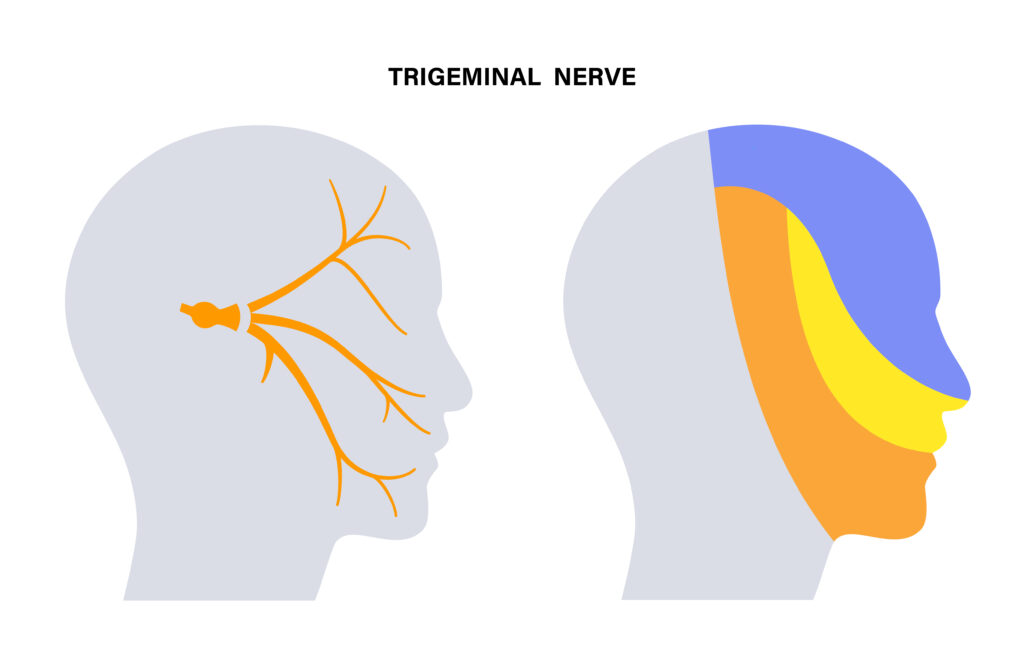TRIGEMINAL NEURALGIA

Trigeminal neuralgia is a chronic pain condition affecting the trigeminal nerve, which is responsible for sensation in the face. Individuals with trigeminal neuralgia experience sudden, severe, and stabbing pain in areas of the face where the trigeminal nerve branches are located, such as the jaw, cheek, and forehead.
The pain of trigeminal neuralgia can be triggered by simple everyday activities such as eating, talking, or even lightly touching the face. These triggers can cause intense bursts of pain that last for seconds to minutes, often described as electric shock-like sensations.
The exact cause of trigeminal neuralgia is not fully understood, but it is thought to be related to compression or irritation of the trigeminal nerve, often by blood vessels or other structures in the skull. In some cases, underlying conditions such as multiple sclerosis or tumors may also contribute to the development of trigeminal neuralgia.
Treatment for trigeminal neuralgia aims to alleviate pain and improve quality of life. This may include medications such as anticonvulsants or muscle relaxants to help control nerve impulses and reduce pain signals. In cases where medications are not effective, procedures such as nerve blocks, radiofrequency ablation, or surgery to decompress the trigeminal nerve may be considered.
Managing trigeminal neuralgia can be challenging due to the unpredictable nature of pain attacks and the impact they can have on daily life. It’s important for individuals with trigeminal neuralgia to work closely with a healthcare provider experienced in managing chronic pain conditions to develop a personalized treatment plan that addresses their specific needs and goals.
